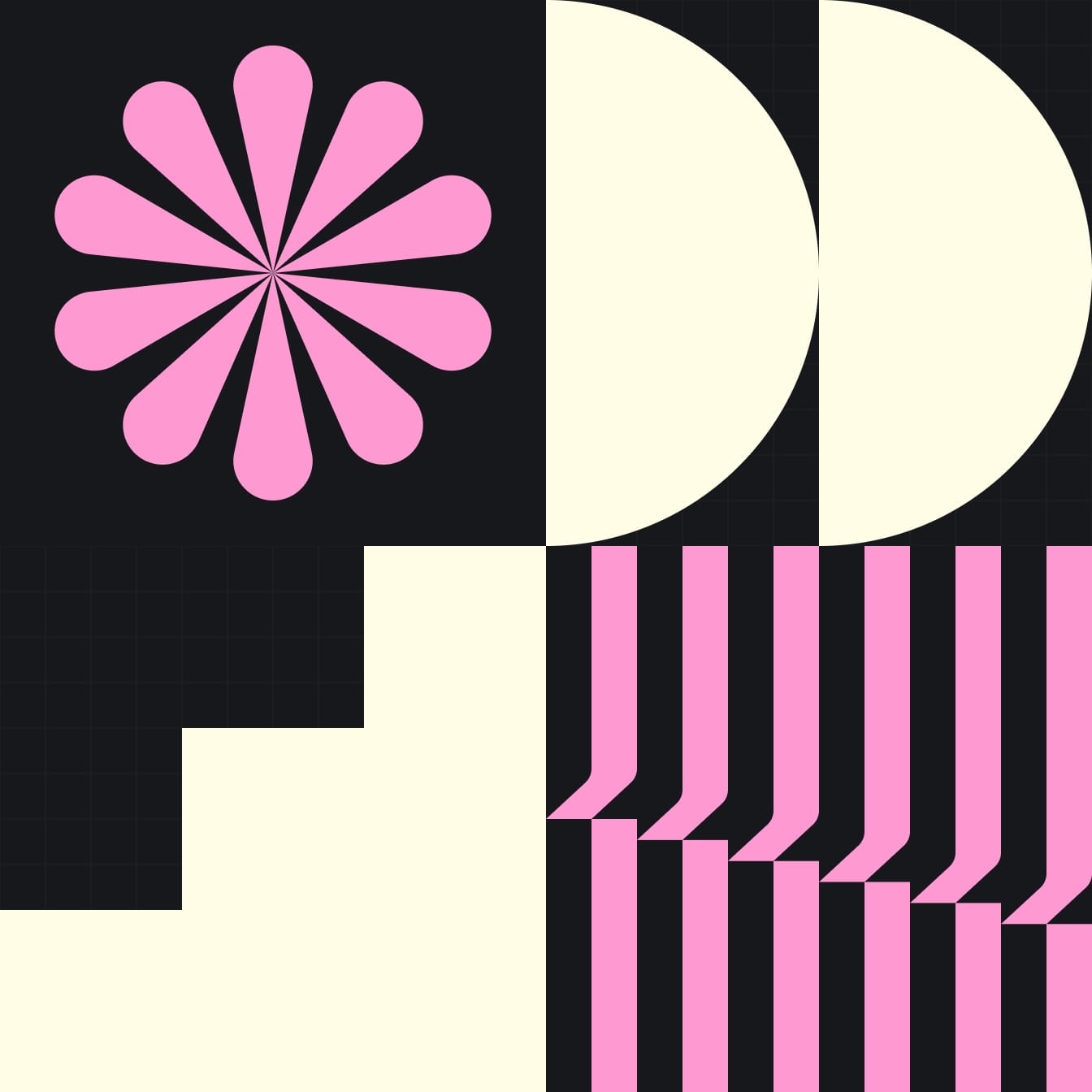
Design. It’s the foundation of every product, every logo, every website, and practically everything we interact with in our daily lives. And while design is ubiquitous, its pricing often remains shrouded in mystery. Have you ever wondered how designers price their services? If you’re a budding designer or a client trying to understand the math behind the aesthetics, this blog post is your golden ticket to understanding design pricing.
The “Value-Based” Illusion
Before we dive deep, let’s address the elephant in the room: value-based pricing. It's the buzzword every design guru preaches about. "Charge for the value, not the time!" they say. And while it sounds alluring, it comes with its set of pitfalls.
For starters, value-based pricing works wonders for those who’ve made a name for themselves, for those who have a portfolio bursting with big-name clients. But what about the newbies? Those who are still trying to land their first gig? In their case, value-based pricing might seem like chasing a mirage.

Understanding the Basics
Alright, let's break it down. At its core, there are three common pricing models:
- Cost-Plus Pricing: This involves determining the cost of a project and adding a profit margin. Simple, right? E.g., If your design cost is $100 and you decide on a 20% profit margin, you'd charge $120.
- Value-Based Pricing: Here, you charge based on the perceived value of your design to a client. For instance, if your design can potentially earn a company an extra $10,000, you might charge a percentage of that amount.
- Competitive Pricing: This is where you research what your competitors are charging and base your rates accordingly.
Crafting Your Pricing Model
Starting out? It's advisable to go with the basics - the Cost-Plus Pricing model. It’s transparent, easy to explain, and straightforward to calculate. Let's formulate it:
Short Formula:
Total Price = Cost + (Cost x Profit Margin %)
Now, let’s a more complexity!
Adding Value to the Mix
As you gain experience, you’ll want to reflect the value you bring to a project. But how do you calculate that?
Ask yourself, "What percentage of added value do I bring to this project?" This could be based on your unique skills, your style, or the ROI your designs have brought to past clients. Introduce this “Value Percentage” into your formula.
Extended Formula:
Total Price = Cost + (Cost x Profit Margin %) + (Cost x Value Percentage %)

Diving into Geographical Research
Next up, understanding your market is crucial. You don’t want to be the most expensive designer in a cost-sensitive market, nor do you want to undersell in a market ready to pay top dollar.
Dive into some research. What are designers in your area or in your niche charging? This will give you an idea of where you stand with Competitive Pricing.

Factoring in the Extras
Don't forget about those hidden or overlooked costs. They can quickly add up!
- Expenses: Do you need to buy software, licenses, or stock images?
- Costs: Think of internet charges, electricity, and other utilities.
- Commissions: Are you paying a percentage to platforms or agents?
- Warehouses: For physical products, storage costs can be significant.
- Phase-wise Breakdowns: Sometimes, breaking down the project into phases and pricing each can simplify things for you and the client.



